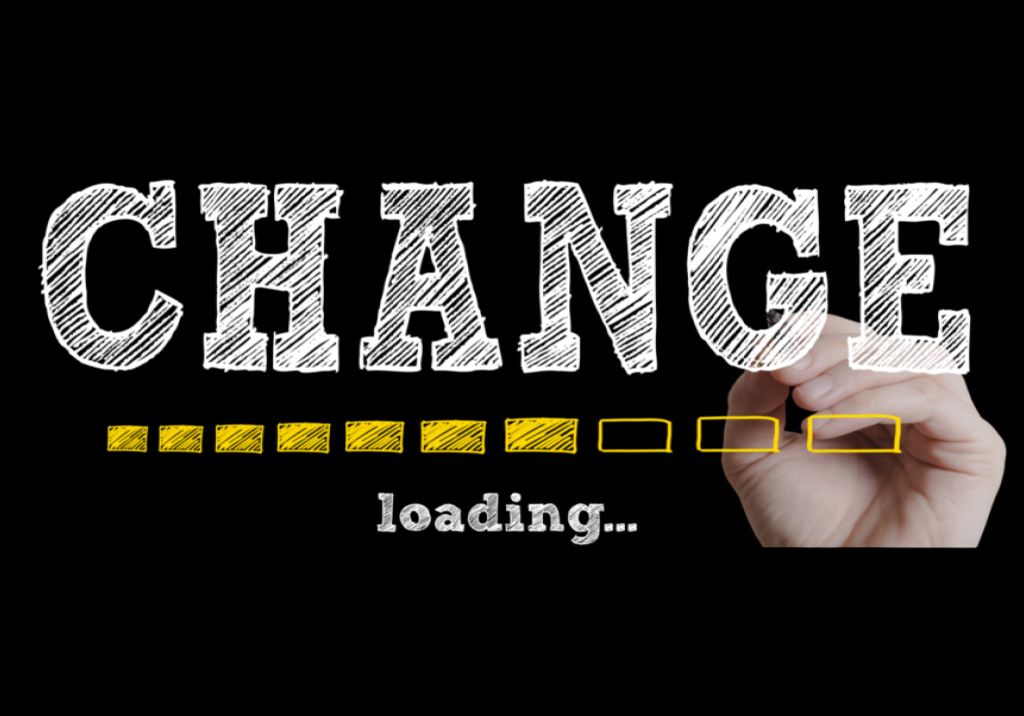What do you do when someone coughs at your workplace?
You might pivot your work away from the direct spray zone of the cough, relocate your work to the conference room; or quickly mix a vitamin c packet in your next water and guzzle it down, believing in the force field power of the “immunity” label.
What do you do when someone is negative at work or has a bad attitude?
You might ignore it. If you take that approach, what happens? You think nothing changes. Worse, you tacitly accept, “that’s just how they are.” You effectively allow the negative attitude to spread - like a cold or the flu - by taking no action. Work productivity decreases.
As the saying goes, "You are the sum of the five people with whom you spend the most time.” Let’s do some quick math: There are 168 hours in the week (7 x 24). Assuming a generous 56 hours of sleep during the week leaves 112 hours of conscious non-sleep time, prime for human interaction. The American work week of 40 hours is longer than the time merely spent on projects. Heading to work is mental preparation, even if it's while getting dressed at home for virtual meetings. By the time you begin preparing for what’s ahead, the mind is already in work mode, engaging in thoughtful projections of interactions, reviewing schedules, etc.
Assuming the American 8-hour workday, plus an hour on either side for commuting or prep/decompression, the work-involved time is about 10 hours each day. In a Monday-Friday work week, you have nearly 50 hours guaranteed interacting with or thinking about interactions with work/co-workers. 50 hours out of 112 non-sleep hours means 45% of your time is spent interacting with or thinking about interactions with coworkers and work-related business. Based on being influenced most heavily by the people you spend most of your time with and knowing mindsets are contagious, it’s safe to say your co-workers will alter your mindset - and you have the potential to impact theirs.
Research from the British Journal of Education Psychology suggests attitudes and mindsets at work are contagious. The sooner you identify, discuss, learn from, and accept each individual’s reaction to change, you can actively choose to either stop the negative spread or encourage a positive attitude.
The study examined the social contagion effects of mindset among peer learning groups compared to each individual's mindset beliefs across seven months. Are you a product of your environment? Does your environment shape your belief system? The short answer to both questions is yes. The study revealed strong evidence for the social contagion of mindsets with theoretical and practical implications. But wait, there’s more.
Significant findings report peer-to-peer social contagion is more powerful than top-down leadership. Leaders “infect" others with their attitudes, positive or negative. Consistency is required. If your behaviors aren't consistent with your language, it creates a cognitive dissonance that can feed negative emotions and behaviors. As a leader, you must model the behavior you expect from others. It is the consistent demonstration of positive attitudes that supports or spreads a sustained impactful change in the individual belief systems of your team. The impact you have on other leaders or those in your peer group could perhaps have a greater impact than those you seek to lead.

Agency and humility are key components to embracing change and modeling the behaviors you wish to see replicated throughout your multi-agent work system. Author Arthur Koestler, in his book The Ghosts in the Machine, coined the term holon to describe something (or someone) that is a whole "system" and simultaneously part of a larger whole "system." While recognizing you are whole and part of something larger, this concept connotes concurrent accountability and responsibility. There are potentially multiple layers, you are a whole, your team or group is a whole, and the enterprise is a whole. The great news is being both part of, and also whole provides both the opportunity and the capacity to change from within your whole (you) and your part (team). A holonic framework of thinking means you have the potential to influence how your team tackles change by your actions as a model for the desired change. As a leader, the greatest gift you can give your team is a safe space to explore their holonic relationship and mindset.
As you pay more attention to your mindset and that of others, remember growth of any kind requires time, practice, and consistent intention. Progress is small and sometimes invisible to the naked eye, but nevertheless present as you remain in pursuit with patience. Try this six-part CHANGE exercise, inspired by Change Enthusiasm Global’s (CEG’s) trademarked C.H.A.N.G.E Traits, over your next full, 5-day work week to better understand how your mindset and the mindsets of others affect your work environment:
Communicative (DAY 1) - Define what and why for every written communication. What type of communication occurs (text, email, instant message, etc) and why is this important?
Hungry (self-development) (Day 1 - 5) - Take the entire week to notice and write down your self-talk and the language you use with yourself and others. A journal would come in handy for this one. What mindset does it convey and perpetuate? The words you use with yourself are powerful. No one is eavesdropping in on you more than you.
Authentic (Day 2) - Practice vulnerability with yourself. Focus on practicing language and behavior congruence.
Not Rigid (Day 3) - Stretch outside your comfort zone either by trying a new activity outside of work or trying something inside work that you’ve never done before. Remain open to varied perspectives and identify conscious and (formerly) unconscious bias within yourself and your environment.
Grateful (Day 4) - Practice appreciation for new perspectives. Actively engage in the practice of demonstrating gratitude today. Identify 3 things for which you’re grateful and share this gratitude with a coworker.
Empathetic (Day 5) - Conduct an organizational pulse check through your daily interactions (satisfaction, belief in leadership, trust in company direction). Spark additional direct-report engagement during any 1-on-1s scheduled. Listen, first. Respond.
Take a full week to complete this exercise and be patient with the results. Keep a notebook or spot in your phone handy to take down thoughts throughout the process during the week. Once you begin to pay attention to the language you use to and about yourself and others, you can understand its acute and long-term impact in your holonic framework. Demonstrate patience with both you and others. The first four of six practices are observation based to gain a wider perspective of the mindsets and thought patterns in your environment. You may need to demonstrate restraint as you hone in on the tensions, topics and attitudes at work. Try not to work to actively change anything during this stage. You are in observation of your surroundings and yourself. While this exercise is meant to span a week, implementation and practice will take much longer.
With knowledge comes great responsibility. When you accept responsibility and accountability for the impact your mindset could have on others, the next step in leading greatly begs the next question, what mindset do you want to model that will positively infect others? As you tackle the challenge of growth through a holonic prism you will start to view communication differently. Once you understand your holon, your whole within wholes, you earn the vision and decision-making power over which social contagions spread.
Choose wisely!
For more information on CEG’s research-backed C.H.A.N.G.E Traits, please visit www.changeenthusiasmglobal.com.









